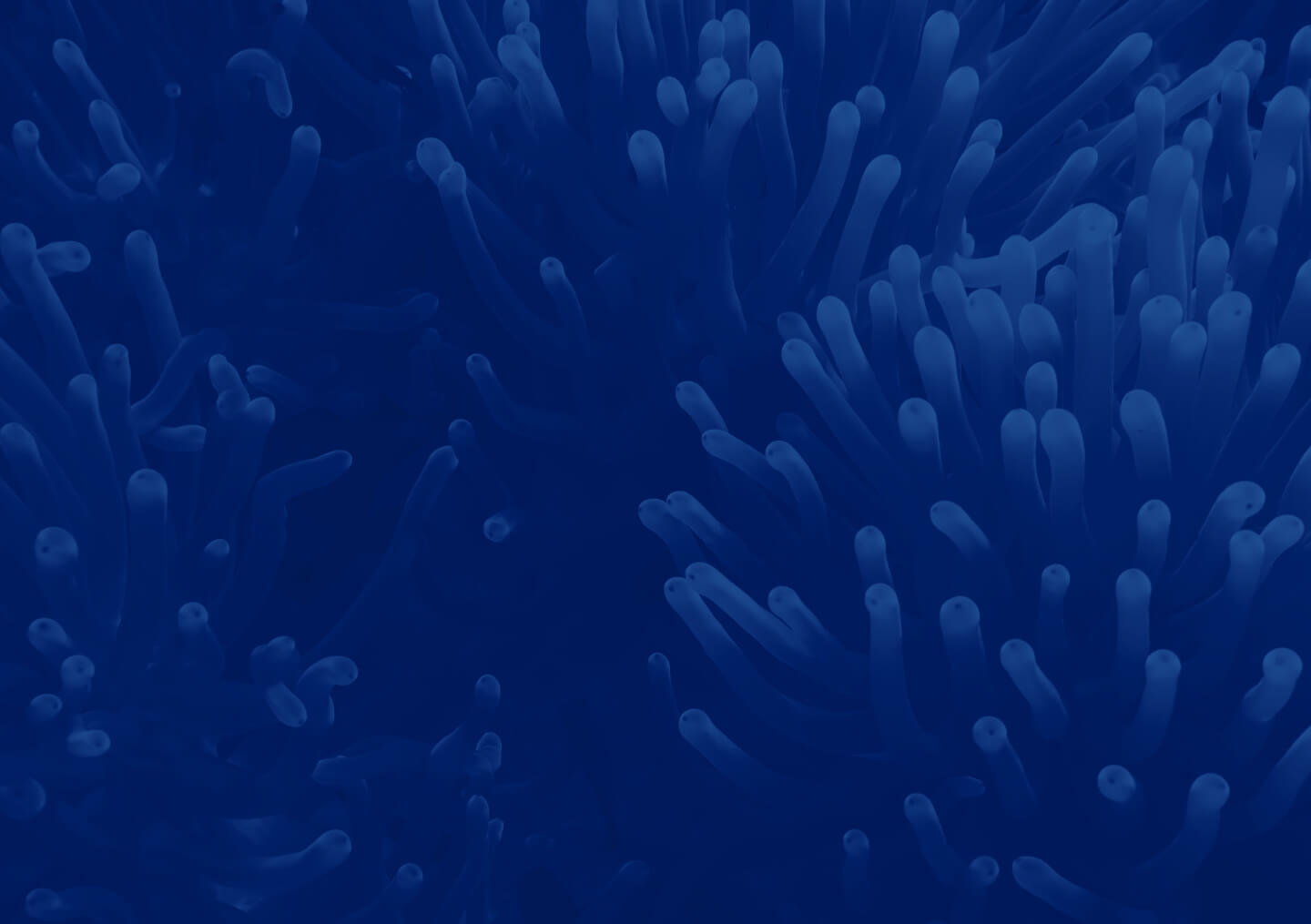Mote Marine Laboratory scientists and a Japanese colleague recently tallied a record number of “baby” scallops from their restoration site in Sarasota Bay — good news for Mote’s community-wide partnership working to replenish the Bay’s depleted scallop populations.
Florida’s scallop populations fell dramatically around 1960. The reasons are not fully understood but are thought to include decreased water quality, extreme red tides, destruction of seagrass habitat and overharvesting. To restore Sarasota Bay populations and study which strategies work, Mote is working with the Florida Fish and Wildlife Conservation Commission, Sarasota Bay Watch, Sarasota Bay Estuary Program, Sarasota County, Bay Shellfish Co., local business leaders, and most importantly, many volunteer citizen scientists. Partners are placing young scallops into the Bay, monitoring for recovery and working to improve environmental quality and expand community involvement.
The Mote Community Partnership: Scallop Restoration Initiative is being studied by the Japanese Research Institute for Humanity and Nature (RIHN), as part of a global research initiative to study how communities and scientists work together on environmental problems (the Integrated Local Environmental Knowledge (ILEK) Project).
On Wednesday, March 25, Mote senior scientist Jim Culter, Mote intern Devon Witczak and Japanese guest Prof. Tetsu Sato of RIHN visited a scallop restoration site for the Mote Community Partnership off Ken Thompson Park. In November 2014, Mote deployed cages full of young-adult bay scallops (Argopecten irradians) at that experimental restoration site to examine if they’d do what nature intended: make more scallops.
“We’ve been raising scallops to a larger size before putting them into the Bay, which our research suggests will make them less vulnerable to predators and give them a better chance to survive, spawn and have larvae settle in the area,” said Jim Culter, manager of the Benthic Ecology Program at Mote.
“We think it might be working,” he said.
Culter and his interns monitored for new babies by deploying scallop collectors made from mesh produce bags by local high-school volunteers. The collectors give juvenile scallops an inviting place to settle after their short stint as drifting larvae.
On Wednesday, Culter pulled up a mesh collector that was brown and slimy after eight weeks accumulating algae and invertebrate animals. Witzcak and Sato began searching it for mini scallops.
They found 114, most smaller than a fingernail.
“An amazing amount,” Sato said. “Is it common?”
“No,” Culter said. “This is great.”
In fact, it far surpassed Mote’s previous high count of 39 juveniles for this type of restoration, found on six collectors at six different sites. The new bunch came in many colors, too.
“Oh cool, look: there’s a skunk-orange,” said Witczak, referring to a rust-colored scallop with a pale stripe. “I’ve never seen that before.”
There is no way to tell for sure if these juveniles came from the caged adults, but Culter said that last year’s generation had an elevated number of unusual “color morphs” – a possible sign the newbies are their young.
Also, finding the juveniles near the caged adults is a hopeful sign. Culter and his interns have found smaller numbers of juveniles at this restoration site since late December 2014, and their presence suggests that adults spawned nearby.
“The juveniles may not travel too far from the parents,” Culter said. “The larvae that hatch from the eggs will drift in the water for less than two weeks before they settle.”
Culter, Witzcak and Sato brought the new juvenile scallops back to Mote, where they will be raised with the goal of returning them to the wild at a less vulnerable size. Mote recently launched a scallop nursery at its City Island campus and stocked it with tiny scallops hatched by Bay Shellfish Co. of Terra Ceia Island. Mote’s nursery space was prepared with help from local high schoolers, Sarasota Bay Watch volunteers and college interns.
“This project involves the local community,” said Prof. Sato, leader for RIHN’s ILEK Project. “This scallop is a very important icon (and a reason) for everyone to work together. This is an opportunity for many different stakeholders in this community to work together with Mote Marine Laboratory to improve the Bay environment.” He said because of that teamwork, “this is my major focus of interest here.”
Sato and other RIHN scientists from Japan have documented how scientists and residents collaborate in Mote research, in volunteer monitoring efforts like the annual Scallop Search led by Sarasota Bay Watch, and more. Sarasota Bay is one of multiple case study sites around the world where RIHN’s ILEK Project is documenting how scientists and local residents work together to benefit the environment. Learn more about the ILEK Project.
How to help Sarasota Bay scallops:
Lend a hand:
Mote has openings for a small number of adult volunteers to assist in its outdoor scallop nursery for three to four hours at least one day per week, on a consistent basis. Volunteers may be cleaning and moving equipment, monitoring the nursery or helping with technical or maintenance tasks if qualified.
To volunteer, to learn more about the project or to report scallop sightings, contact Jim Culter at: jculter@mote.org, 941-388-4441, ext. 247.
To learn about internship opportunities with Mote’s scallop restoration efforts, contact Gina Santoianni at: gina@mote.org, 941-388-4441, ext. 269.
Events and other opportunities:
Check the web sites of local partners like Mote and Sarasota Bay Watch for events and opportunities to help.
Funding support:
The Mote Community Partnership: Scallop Restoration Initiative is supported primarily through philanthropic giving. In January 2015, Mote announced a comprehensive fundraising campaign to continue this type of critical support for the Lab as a whole: Oceans of Opportunity: The Campaign for Mote Marine Laboratory. To donate to Mote’s scallop restoration efforts through Oceans of Opportunity, contact Campaign Director Jennifer Vigne at 941-388-4441, ext. 393, or jvigne@mote.org.


